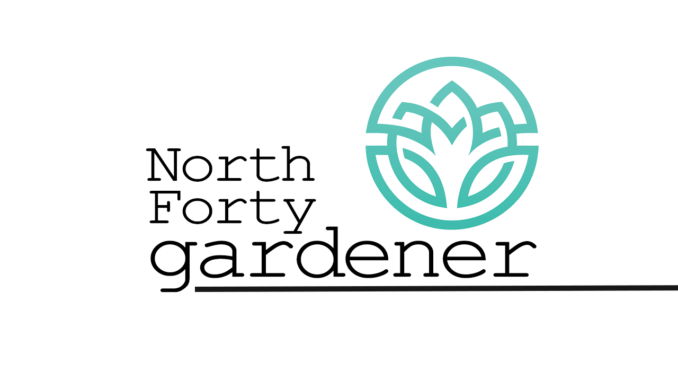
Kathleen Miller
Sustainable land use design is based on ecological and biological principles, using patterns that occur in nature to maximize effect and minimize work. It aims to create stable, productive systems that provide for human needs, harmoniously integrating the land with its inhabitants.
The ecological processes of plants, animals, their nutrient cycles, climatic factors, and weather cycles are all part of the big picture. Inhabitants’ needs are provided for using proven techniques for growing food, creating energy, providing shelter and infrastructure. Elements in a system are viewed in relationship to other elements, where the outputs of one element become the inputs of another. Within a sustainable land use design system work is minimized, “wastes” become resources, productivity and yields increase, and ecosystems are restored.
Sustainable land use design principles can be applied to any environment, at any scale from dense urban settlements to individual homes, from farms and ranches to entire regions. Sustainable land use design principles draw heavily on the practical application of ecological theory to analyze the characteristics and potential relationships between design elements.

Each element of a design is carefully analyzed in terms of its needs, outputs, and properties. For example, chickens need water, shelter, and food. In turn they provide meat, eggs, and feathers as well as manure which can help break up and return fertility to the soil. Design elements are then assembled in relation to one another so that the products of one element feed the needs of adjacent elements.
Synergy between design elements is achieved while minimizing waste and the demand for human labor or energy. Exemplary sustainable land use designs evolve over time, and can become extremely complex tapestries of conventional and inventive cultural systems that produce a high density of food and materials with minimal input. While techniques and cultural systems are freely borrowed from sustainable agriculture, sustainable forestry, horticulture, agroforestry, and the land management systems of indigenous peoples, sustainable land use designs contribute to the development of a concise set of broadly organizing principles.
When a farmer has obtained a level of consciousness that motivates them to move away from the “only-for-profit mentality” and treat the soil and the environment with respect, a farmer will be in touch with nature’s design and in turn will become a steward of the land. That level of consciousness will make them stay away from using any synthetic chemicals and fertilizers or pesticides on the land. It motivates the farmer to seek out the knowledge to heal the soil instead of degrading or exploiting it.
A sustainable farm’s intent should focus on developing a market of consumers with higher consciousness, who really appreciate and value the effort that goes into growing life-giving, sustainable food. The method, therefore, plays an important role and will be a determining factor.
The commitment of a sustainable farmer should be to provide the best food based on the belief that food grown with a higher purpose in mind will stimulate the development of those who partake of it. Sustainability should be the main concern of a community and our actions need to be based on values and ethics, such as trust, non-violence (no competition), gratitude, truthfulness, etc. Sustainability also involves manifesting intent in the way business is conducted and how this can affect the social structure.
Sustainable land use design is one approach to keeping the biosphere healthy. This method attempts to increase local food production without increasing the amount of land taken. It involves nature and environmental conservation, and advocates encouraging and training local communities to participate in the creation of sustainable land design for their community. Understanding ecology is necessary for better management of the earth’s resources and of the systems that support life, biodiversity, and sustainable ecological systems that provide for all creatures great and small.
“Unless someone like you cares a whole awful lot, Nothing is going to get better. It’s not.” The Lorax― Dr. Seuss
Gaia’s Farm and Gardens
Sustainable living, gardening and farming is based on an understanding of ecosystems, the study of relationships between organisms and their environment. It has been defined as an integrated system of plant and animal production practices that will last over time. Having a harmonious relationship with Gaia (Mother Earth) provides food for people, enhances the natural environment upon which the community depends, makes efficient use of resources, and integrates natural cycles that sustain economic viability as well as enhances the quality of life for the community as a whole.
Support Northern Colorado Journalism
Show your support for North Forty News by helping us produce more content. It's a kind and simple gesture that will help us continue to bring more content to you.
BONUS - Donors get a link in their receipt to sign up for our once-per-week instant text messaging alert. Get your e-copy of North Forty News the moment it is released!
Click to Donate
